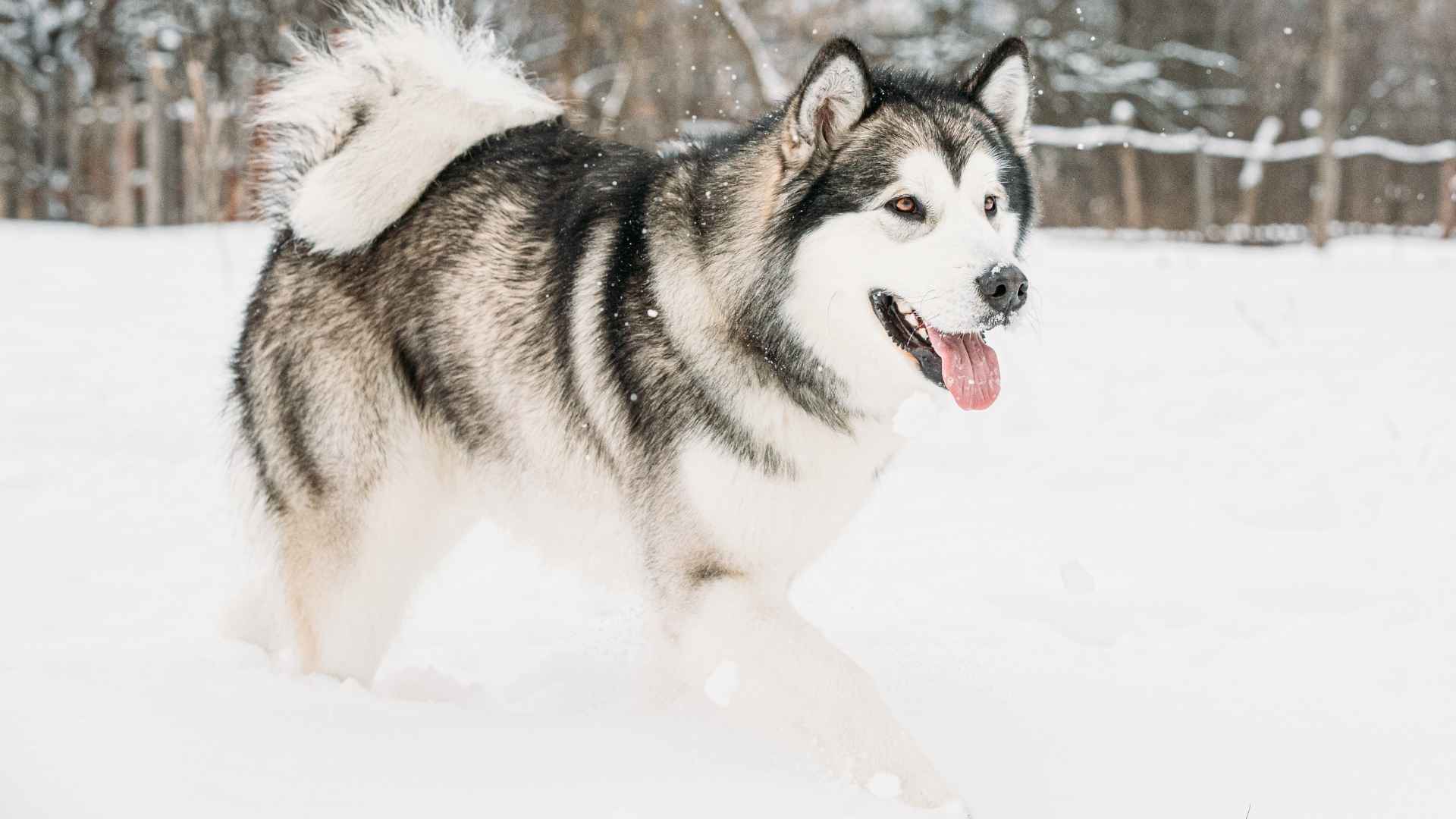The Siberian dog breeds are fascinating. With their shaggy fur and double coat, Kind eyes, erect ears, and resemblance to wolves, these dogs could fit right into a winter princess story. Besides being beautiful, these breeds have worked alongside humans as companions, laborers, and heroes in tough places across the globe.
Besides being pretty, these pals are faithful companions, intelligent, and are likely to win your heart and your blanket.
Yes, they handle cold well, but the unique trait in Siberian dogs is their old lineage and long connection with people. For a long time, dogs have been an integral part of indigenous tribes, assisting with sledding, guarding reindeer, and providing warmth, loyalty, and comfort.
Did you know? Modern sled dogs, such as the Siberian Husky, Alaskan Malamute, and Greenland sled dog, share a significant portion of their genome with a 9,500-year-old Siberian sled dog named Zhokhov. This finding indicates that these breeds have a direct lineage tracing back to ancient sled dogs used by humans in the Arctic over 9,000 years ago.
The way their genes are set up, their appearance, and intelligence are often much like wolves’, unlike most of today’s pet dog breeds.
Sometimes, such as with the Samoyed, they would curl up near children inside frozen yurts. Therefore, these dogs were like Siberia’s first hot water bottles, but much cuter and more fluffy.
Siberian Dog Breeds
1. Siberian Husky
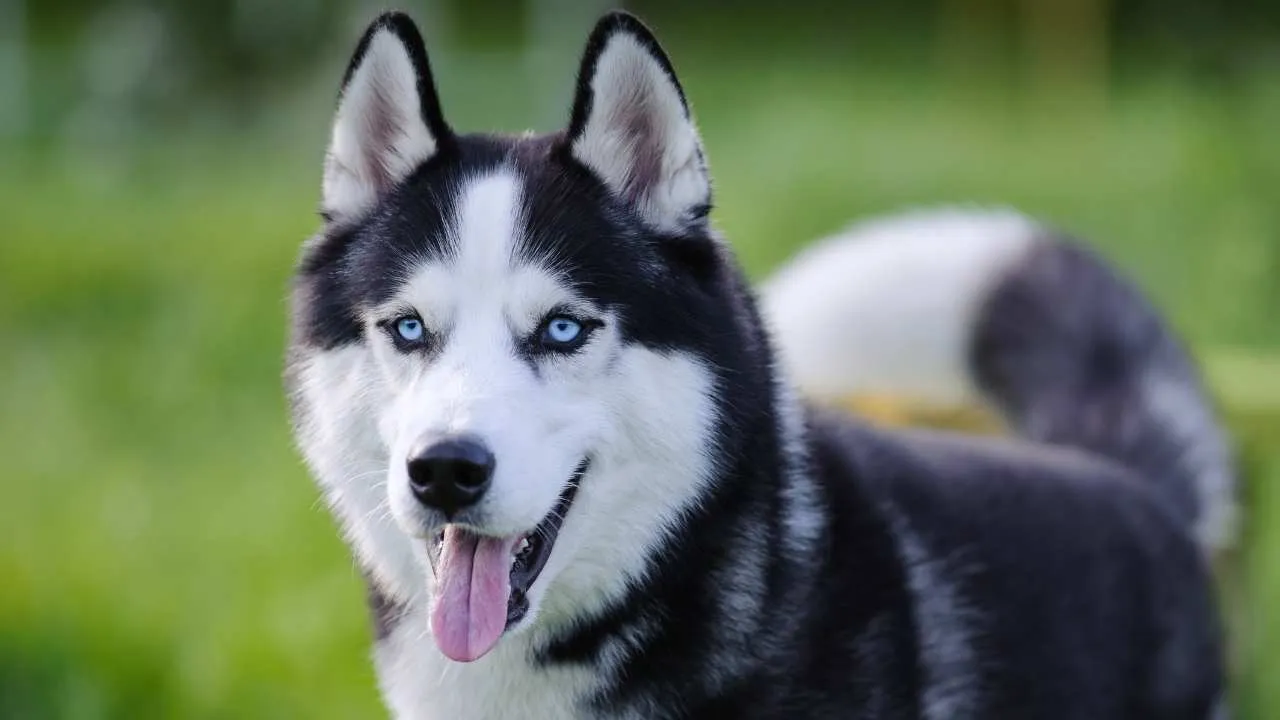
The Siberian Husky is an ancient dog breed that must be discussed when talking about breeds from Siberia. The Chukchi people first bred Huskies to help pull sleds over far distances, making them both strong and beautiful.
These canines are full of energy, sometimes mischievous, and easy to recognize by their blue eyes. Get ready for your Husky to speak up; they are known for being vocal, expressive, and always playing the part of the family clown.
Surprisingly yes! Being considered wild at times, such dogs are loyal, have high energy, protect their loved ones, and enjoy their family life if they have everything they need. You need to be aware of their energy, independence, and social behavior.
Because they love children and enjoy play, huskies may try to escape if they are bored.
They are kind and enjoy being near their humans, but they need lots of attention (and their fur needs to be brushed).
Remember, these dogs generally need big yards and lots of stimulating activities (including puzzles, agility sessions, or playing Hide-and-seek), according to PetMD.
2. The Alaskan Malamute
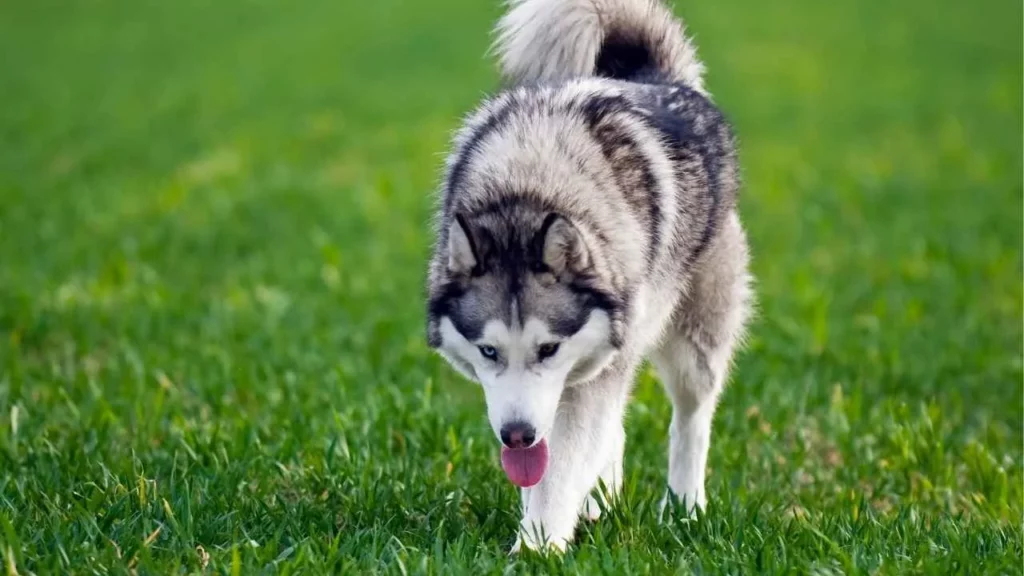
Many people think the Alaskan Malamute is the same as the Husky, yet it is larger, cozier, and maybe even sweeter. As they didn’t emerge in Siberia, their close links with Arctic life and the north connect them with the region.
Malamutes are not famous for their speed, but rather for their strength, dignity, and ability to last. Although they are not as energetic as Huskies, they really love their owners. Keep in mind that they usually won’t help much with issues or complaints. Omlet mentions that these pets are so friendly, they greet anyone who comes near them!
Having a Malamute is like having an affectionate guard dog who turns into a lazy couch potato inside the house. They are strong and gentle, and they love being cuddled. Malamutes may be big, but they are gentle to kids and very loving with their families. They enjoy being a member of the group.
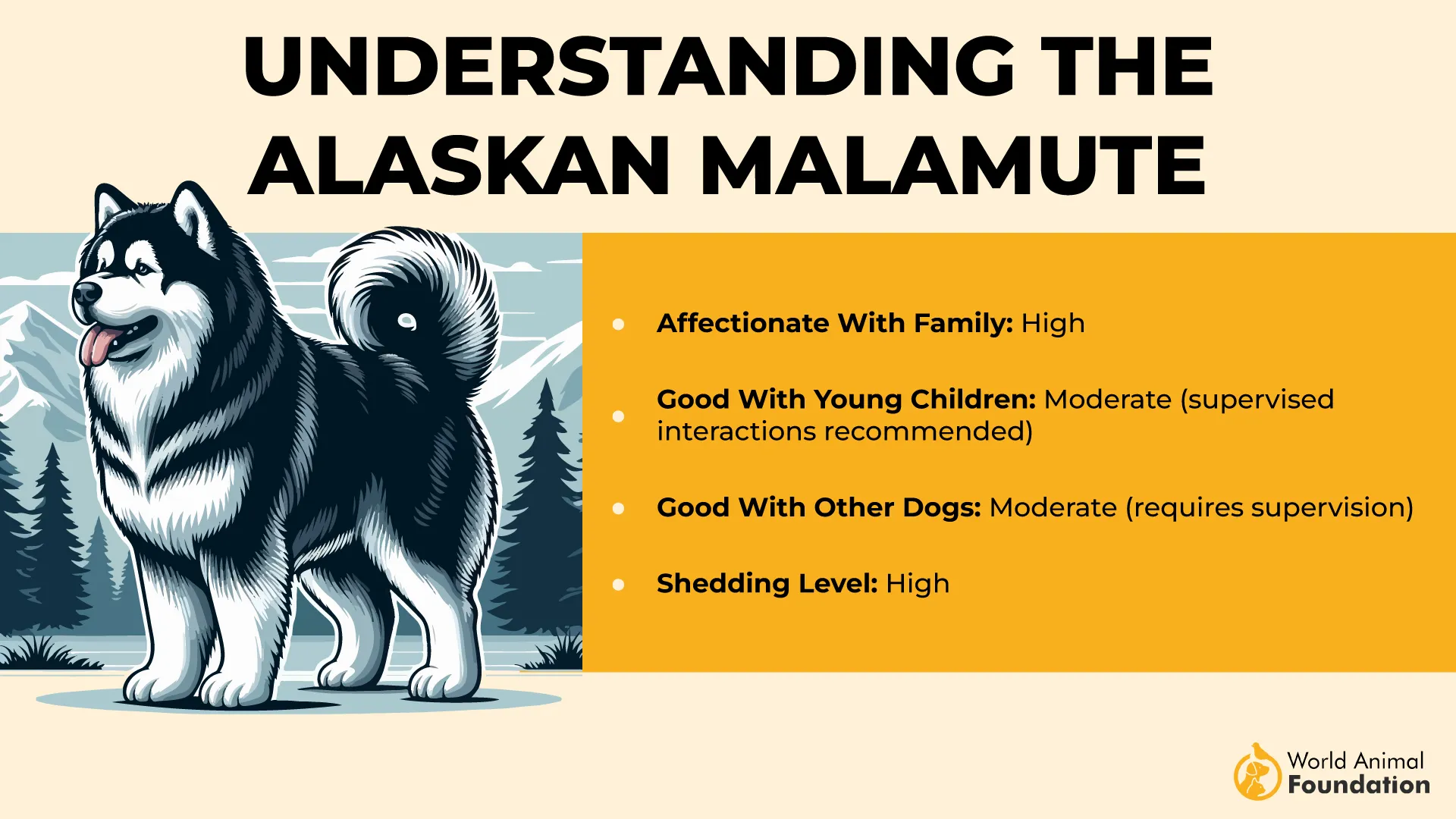
Never think they won’t stand up for themselves. They like to think for themselves and can be a little stubborn. Earning respect is better than trying to demand it. They respect fairness in leadership, organization, and most importantly, quality moments together. If you care for them well, a Malamute turns into the best friend in chilly weather, appearing dignified, fluffy, and devoted.
3. Yakutian Laika
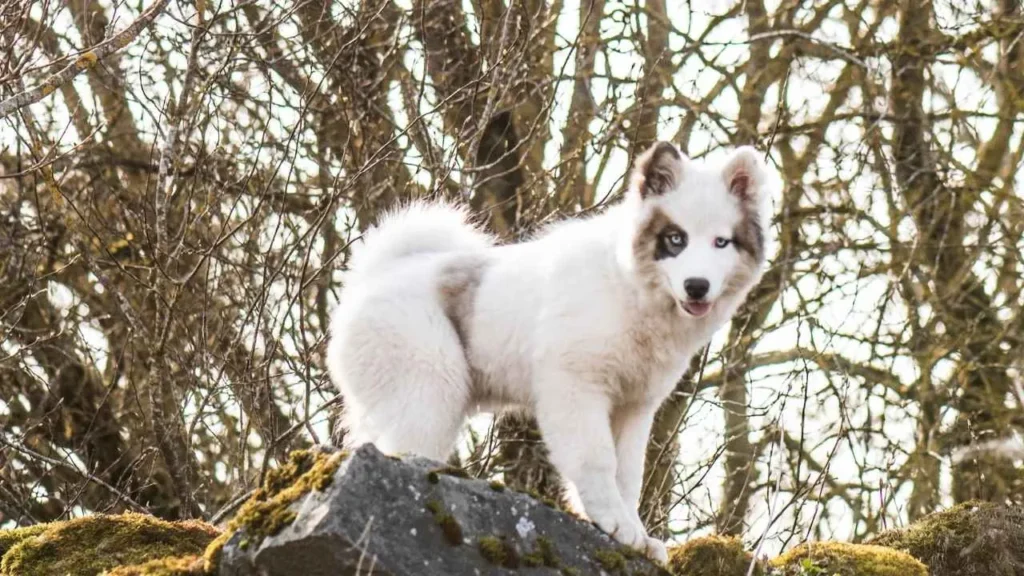
There’s a special sled dog, the Yakutian Laika, that comes from the Yakutia region in Siberia, yet is highly valued by its owners. The breed was developed to help with herding, hunting, and pulling sleds. This makes them very capable, and they are as warm and gentle as the coats they wear in winter.
Yakutians get along well with children and are surprisingly simple to train. They are only just starting to be valued in international dog competitions, so they are still a hidden treasure among northern dog breeds.
4. The East Siberian Laika
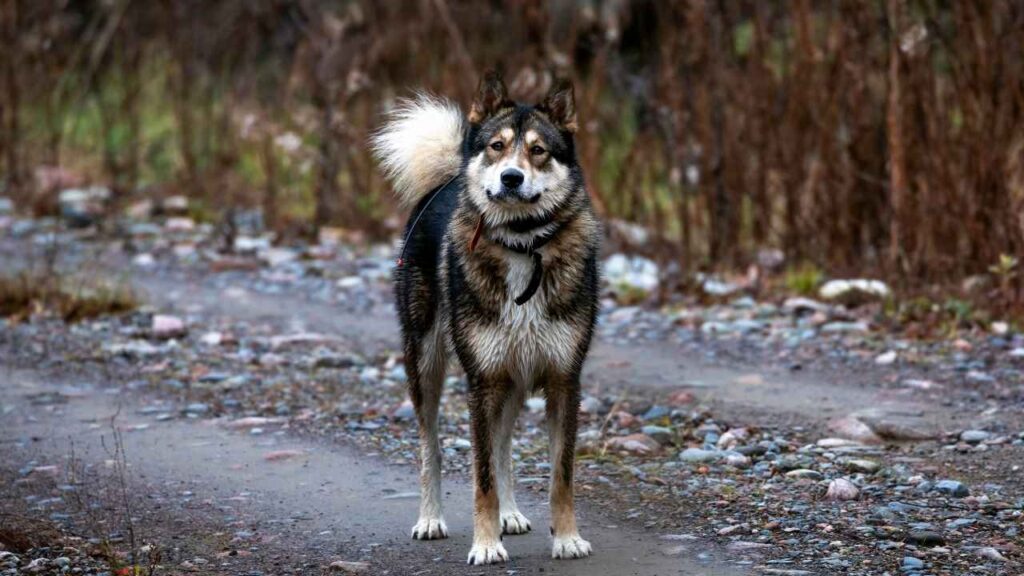
Among all Siberian Dog breeds, the East Siberian Laika is most like wolves. The reason these dogs were originally bred was to help with hunting big game, so they are tough, brave, and always attentive working breeds. Although Laikas are good at hunting, this breed is usually quiet and affectionate around their owners, unlike other vocal dogs.
They usually build a special connection with only one owner, which makes them faithful companions forever. They are introverts, but their loyalty is very strong. Unlike some of their bigger relatives, East Siberian Laikas tend to be focused and less talkative. They may not always try to notice, but they are always paying attention and keeping you secure.
They are most content when doing things such as staying on guard, sniffing out scents, or staying close to you. American Kennel Club states that Siberian Huskies like peace, and they prefer calm, personal time with their owner, an East Siberian Laika gives gentle and lastly affection.
5. West Siberian Laika
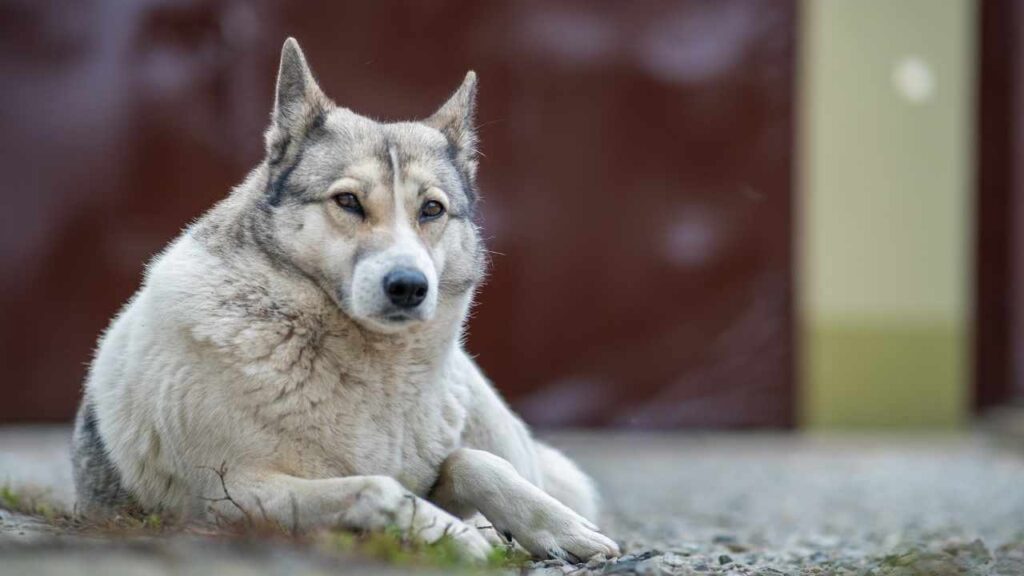
If East Siberian Laikas tend to be strong and quiet, West Siberian Laikas are a little livelier. This breed was created by the Mansi and Khanty people. People prize it for its ability to hunt well and be very loyal.
They are strong-willed and not easy to train. Having a job to do at home makes these dogs happiest, as mentioned by Britannica.
6. Russian Samoyed
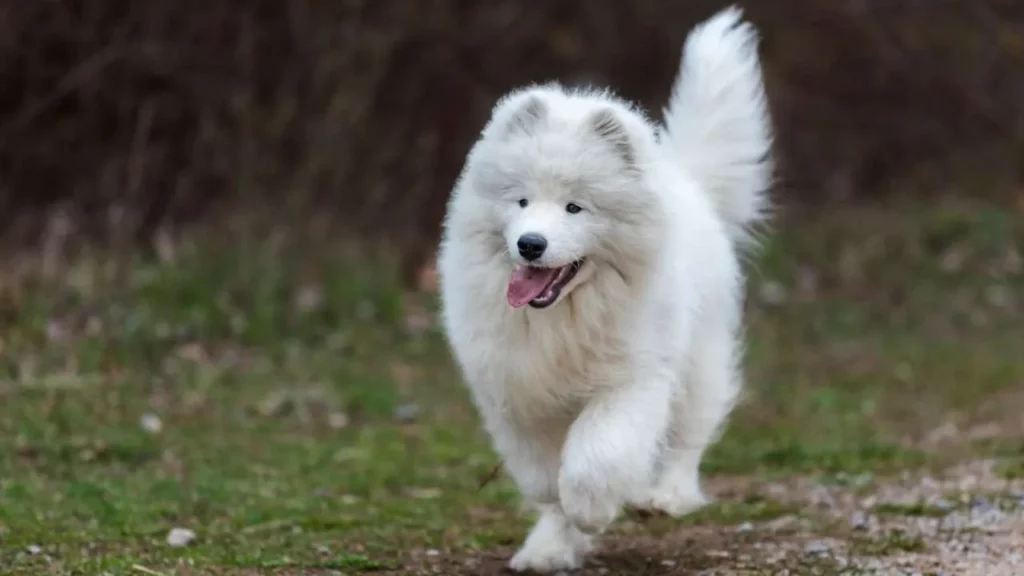
Probably, the first moment you saw a Samoyed, you felt like hugging it. These dogs, which people saw as having a Sammy smile, were originally bred by the Samoyede people in Siberia to look after reindeer and pull sleds. Samoyeds are friendly, like being with people, and enjoy family life.
Watch out; they keep bathing in fur, and their lovable faces can persuade you to get them whatever you have!
7. Karelo-Finnish Laika
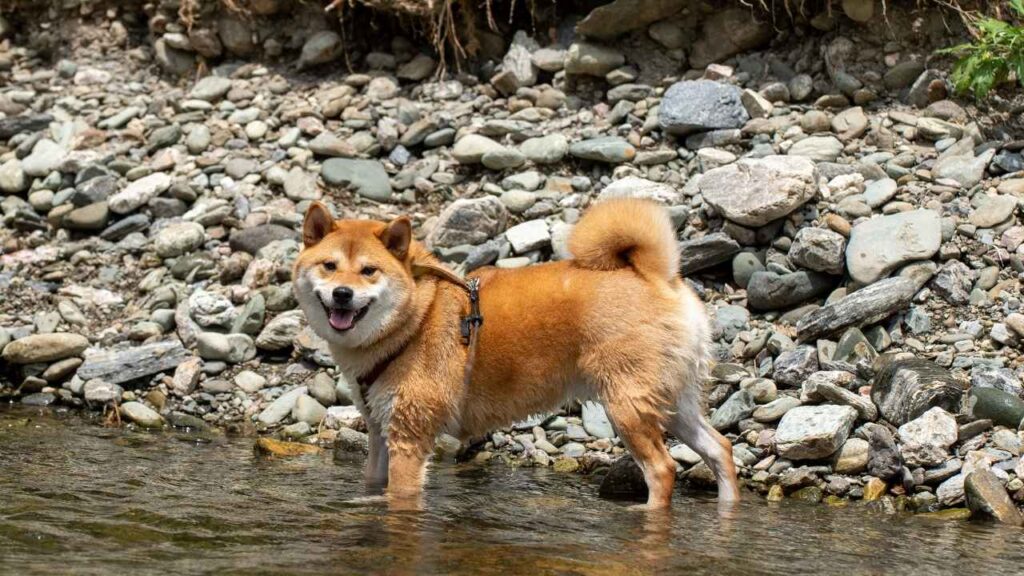
Don’t let the small size of Karelo-Finnish Laika fool you. Their burning red coats and bold personalities make them very special. From the Karelia area connecting Finland and Russia, the breed is commonly employed for bird and small game hunting.
They act fast, are very responsive, and quickly create close relationships with their owners. Because they have so much energy, a game of fetch can be a very active experience, according to WebMD.
Conclusion
Along with their ability to thrive in snowy weather, Siberian dog breeds are remembered for their endurance, loyalty, and loving nature. Despite either their famous nature or amazing loyalty, each of these breeds creates something very unique for its owner.
Siberian dog breeds show that they can overcome hard winters and also demonstrate resilience, loyalty, and a tremendous spirit. Whatever breed it is, Siberian Husky or Russian Samoyed – they all have strong ties rooted in traditions, past and present.
Even though they take up more room, effort, and attention, these dogs give us something very special: a close connection that feels like family. From hauling sleds in the Arctic to lounging on your sofa, their care is as everlasting as the Siberian snow.
If you are looking for a companion who can keep you warm on all kinds of days, a Siberian dog could be just what you are looking for.


